Chickens are easily stressed and moving to a new home is one of the most stressful events a chicken can experience. Stress can have negative behavioral and physical manifestations in chickens, including, pecking, picking and bullying. When chickens of any age bully other chickens, the behavior must be interrupted, the cause determined, and the bully, reformed. This is how I reformed a brooder bully, but the technique works with chickens of all ages.
There is a difference between establishing or maintaining one’s place in the pecking order and true bullying. Enforcement of the social hierarchy with the occasional peck or nudge is to be expected, but repeated, aggressive behavior causing injury is not normal, nor acceptable. If feathers are being picked or blood is being drawn, the behavior must be stopped. Any time a chicken is injured, they must be physically separated from the other birds for their own protection until the wound is 100% healed. Failure to do so can result in cannibalism and death.
Not long after bringing home three adorable, 6 week old bantam Cochins with frizzled feathers, the red chick, Rachel, began mercilessly pecking the other two chicks. Poor Phoebe (the white chick) took the brunt of Rachel’s aggression and was often found cowering underneath Monica. I needed to find a solution to end to the pecking. The breeder from whom we purchased the chicks assured me that Rachel had not been a problem before the move, so it was fair to deduce that stress from moving was the cause of the bullying.
Reforming the Bully
I physically segregated Rachel from the others chicks, while keeping her close to her brooder-mates. Everyone was still able to see and hear each other without danger of further injury. The chicks were in a simple, cardboard box brooder, which was ideally suited to making a chick condo. I connected a second large cardboard box to the first with duct tape. I then cut out a window in between the two boxes and secured window screening to the openings with a stapler. Hardware cloth could be used instead of window screening between the two boxes. To prevent the chicks from hopping out of or flying out of the brooder, I also secured window screening to the top of the brooder.
Rachel clearly wanted to get back to her brooder buddies, but it was necessary. In 4-5 days, the trio was physically reunited without further incident. They have been inseparable ever since. If the separation is not successful in the first few days, a few more days in quasi-segregation should do the trick.
Kathy Shea Mormino
Affectionately known internationally as The Chicken Chick®, Kathy Shea Mormino shares a fun-loving, informative style to raising backyard chickens. …Read on


shop my SPONSORS
Chickens are easily stressed and moving to a new home is one of the most stressful events a chicken can experience. Stress can have negative behavioral and physical manifestations in chickens, including, pecking, picking and bullying. When chickens of any age bully other chickens, the behavior must be interrupted, the cause determined, and the bully, reformed. This is how I reformed a brooder bully, but the technique works with chickens of all ages.
There is a difference between establishing or maintaining one’s place in the pecking order and true bullying. Enforcement of the social hierarchy with the occasional peck or nudge is to be expected, but repeated, aggressive behavior causing injury is not normal, nor acceptable. If feathers are being picked or blood is being drawn, the behavior must be stopped. Any time a chicken is injured, they must be physically separated from the other birds for their own protection until the wound is 100% healed. Failure to do so can result in cannibalism and death.
Not long after bringing home three adorable, 6 week old bantam Cochins with frizzled feathers, the red chick, Rachel, began mercilessly pecking the other two chicks. Poor Phoebe (the white chick) took the brunt of Rachel’s aggression and was often found cowering underneath Monica. I needed to find a solution to end to the pecking. The breeder from whom we purchased the chicks assured me that Rachel had not been a problem before the move, so it was fair to deduce that stress from moving was the cause of the bullying.
Reforming the Bully
I physically segregated Rachel from the others chicks, while keeping her close to her brooder-mates. Everyone was still able to see and hear each other without danger of further injury. The chicks were in a simple, cardboard box brooder, which was ideally suited to making a chick condo. I connected a second large cardboard box to the first with duct tape. I then cut out a window in between the two boxes and secured window screening to the openings with a stapler. Hardware cloth could be used instead of window screening between the two boxes. To prevent the chicks from hopping out of or flying out of the brooder, I also secured window screening to the top of the brooder.
Rachel clearly wanted to get back to her brooder buddies, but it was necessary. In 4-5 days, the trio was physically reunited without further incident. They have been inseparable ever since. If the separation is not successful in the first few days, a few more days in quasi-segregation should do the trick.



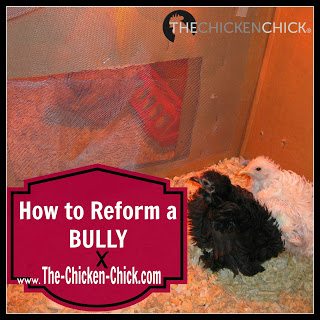
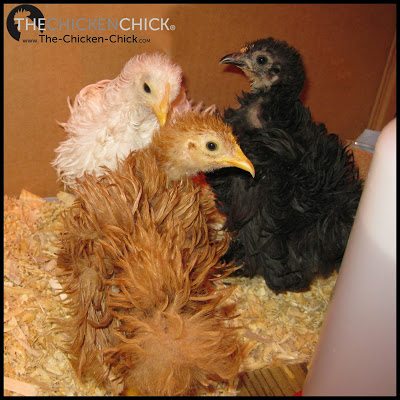
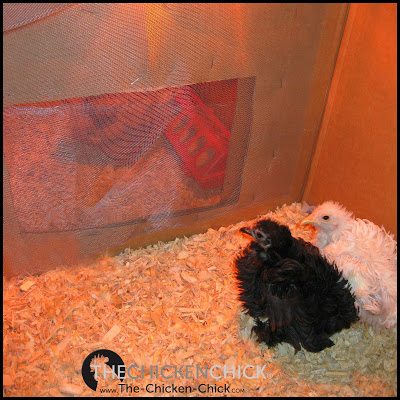
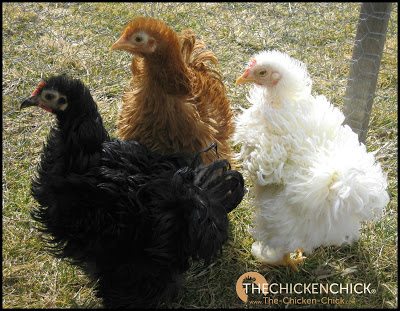
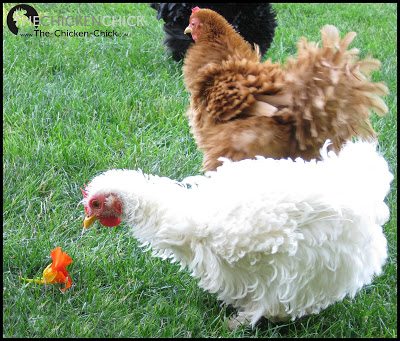






















Thank you for your great article. Awesome info
Hi! We have 2 New Hampshire red hens in a backyard coop that can house 2-3 chickens. One hen is not allowing the other into the enclosed box within the coop. The lesser hen is sleeping underneath the nest box area and is exposed to the cold. How can I remedy this issue?
Go into the coop after nightfall and place her onto the roost. She will stay there because chickens don’t see well in the dark. Make sure there are no lights on inside the coop at all. (as always, chickens need 8 hours of total darkness each day)
Why/how is the nest box area exposed to the cold?
I have a Rhode Island Red who is bullying my australorp. We separated the bully from the other hens for a week. She returned to the coop and continued her feather picking comb pecking ways. She's had peepers on for months and that doesn't help anymore. Tried Vicks on the australorp and it does nothing. Anybody have anymore ideas? I have twin third graders. This is very overwhelming taking care of two coops! I'm looking for someone to take the bully. But who will take a bully to let them after their own flock?
What does one do when you bring in an adult rooster, and one of the other roosters is dying to get through the cage to fight? We were given two Phoenix roosters, and I'm keeping them away in a separate pen, but two of my other roosters are wanting to fight with them. They were not aggressive before, and never with each other. Never wanted to fight with any of the other roo's until these came. I don't want to get rid of the new roo's, how do I handle that situation? Can you give me some advice please?
Hi, I have two isa browns and new to the hen house is re-housed pekin bantam. As I suspected the two isa browns bully the pekin, jumping on her and pecking. I have separated the pekin from the other two, where they can see and hear each other. I had hoped to isolate the worst bully and put the pekin with the other isa but both isa's seem to be just as nasty. What do you suggest? Will separating them all for a few weeks help?